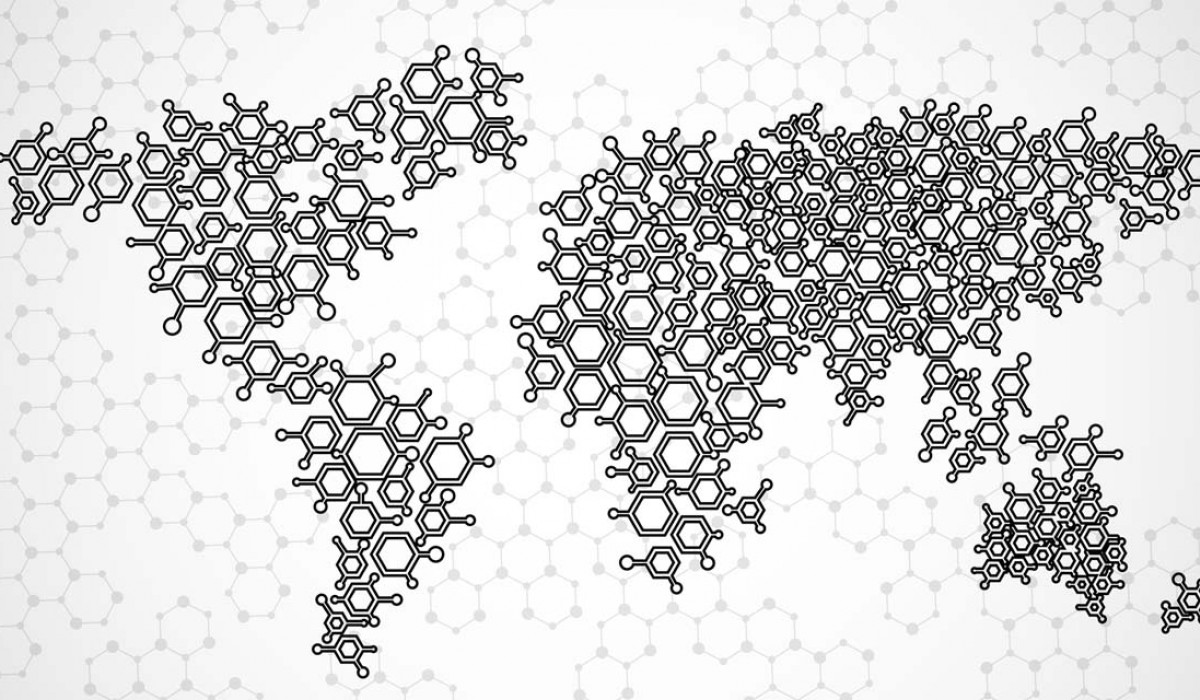Biotech for health: three major worldwide trends
The b Blog editorial team
Life expectancy in OECD countries has risen from 75 years (1990) to 80 years (2012) thanks to innovation in drugs that treat serious diseases which were fatal not long ago (cancer, HIV, malaria...) and others that considerably improve quality of life in high-prevalence chronic diseases such as diabetes and osteoarthritis

A large part of this innovation is due to biotechnology and the implementation of the ‘omic’ technologies, pharmacogenomics and bioinformatics. The areas where they are expected to have the greatest impact by 2020 are in diagnosing diseases, developing new therapies, and regenerative medicine, according to studies by the Spanish Foundation for Science and Technology (FECYT) and the Observatory for Industrial Technology Foresight (OPTI). Biotech drugs sales were an estimated $US289 billion in 2014 and are projected to grow to $US445 billion by 2019, according to figures from consulting firm Deloitte.
- Diagnosing diseases. The goal is the early detection of diseases to seek personalised therapy for each patient (personalised medicine) that enables them to be cured or stop the disease from progressing. In 2011 Bioiberica launched the first genetic test to predict the progression of arthrosis of the knee.
- Developing new therapies. One example is research into biomolecules with a high therapeutic value (peptides, lipids, nucleic acids, monoclonal and polyclonal antibodies...) such as the one Bioiberica is developing for Alzheimer, inflammatory bowel disease and dermatology. Other examples include cell, tissue and animal predictive models that reproduce pathological phenotypes for drug selection; cell screening to measure the efficacy and toxicity of drugs in development; and new therapeutic vaccines and immunotherapy for the treatment of infectious and autoimmune diseases and tumours.
- Regenerative medicine. Although it has a complex regulatory framework and a high cost in terms of preclinical and clinical trials, there are a great many research groups dedicated to this field: cell transplants, adult stem cell reprogramming to make them into cell types for use in organ regeneration, the development of biomaterials and biodyes...
These are three major worldwide biotech trends today, although we should also mention crosscutting technologies like bioinformatics and big data, essential for handling the large volumes of biodata generated and which are enabling us to advance exponentially in research into diseases with unmet medical needs. We have no doubt we can build on this discussion at the leading biotech sector event, the BIO International Convention, to be held in San Diego (USA) from 19 to 22 June 2017. For now the schedule looks promising, with conferences including A World Without Disease: Can We Get There? (Luke Timmerman, founder, Timmerman Report); Going Digital: What Biopharmas Need to Do to Transform the Value Chain (Todd Skrinar, Life Sciences Advisory Partner, EY) and Path from Big Data to Precision Medicine (Atul Butte, director, UCSF Institute for Computational Health Sciences).